Nadja Bournonville
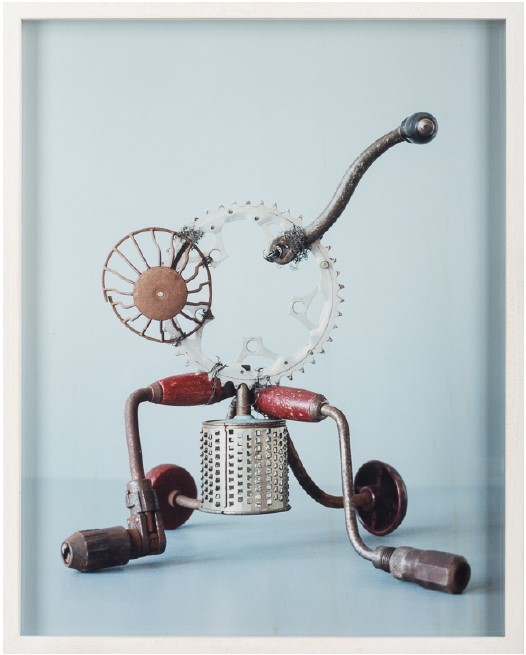
2012, Medical Machines 3/8, Photograph analogue C-print 30 x 24 cm
Interview
How would you describe what you were working on when you were awarded the Maria Bonnier Dahlin Scholarship and what did the scholarship mean to you?
I had just completed the Conversion Act, my fourth project, which was the one on display the gallery. A work that was based on the hazy wake of the hysteria diagnosis. The book was finished and all the pictures framed. After a short break, I started on Blindfell, a new series
which was about the limitations of vision and analog photography. Since I studied in Glasgow and Leipzig felt it was extremely fun and important to get this award significant institution from home Sweden.
What discussions characterized the art scene at this time and what was particularly important you?
I went to Documenta in Kassel for the first time, where it was very clear how exciting the relationship is between science, politics and art and how enriching but also limiting that relationship can be.
What exhibitions, films and books were important to you and what did you listen to for music?
I listened to The Knife and read books by Sara Stridsberg, Karin Johannisson and then Nina Björks Happy in all his days. I also read Jan Verwoert's book about Bas Jan Ader and Janet Harbords about Chris Marker for the third time.
If you were to point out any person that you perceive to be particularly influential in Swedish art at this time, who would it be and why?
I had moved to Berlin the year before and unfortunately, I was not aware of what was going on in the artworld in Sweden but rather engulfed by everything that happened in Berlin, especially the exhibition
Animism at the Haus der Kulturen der Welt fascinated me.
How would you describe the social and political climate that prevailed, and there were some questions or events that particularly affected your work?
When I was in Stockholm to hang the exhibition, the film about Olof Palme was shown at the cinema next to the apartment where I lived, it was snowing and I went there alone to see it. Next to me sat a man constantly looking at his mobile which made me have a blue light in my eye throughout the film. During that year, I read with increasing concern about Sweden Democrats, iron pipes and NSU's ravages in Germany, the world felt cooler than the snowfall that embedded Stockholm
just during the days, I was there.
When you look back and compare the art life then and now, which are the most eye-catching changes?
The year 2012 is not that long ago, I do not know if so much has changed in art life since then, it feels a little too close to say though.
What are you working on today?
Still working on Blindfell. That work seems to open in new directions all the time and I'm storming adding and adding one chapter after another. Feels nice not having to end the series directly without giving it the time it needs.
This is an excerpt from Samlade stipendiater!: 30 år med Maria Bonnier Dahlins stiftelse, by Niclas Östlind, (red.) (2016). Stockholm: Bonnier fakta
Complete list of works in the exhibition by Nadja Bournonville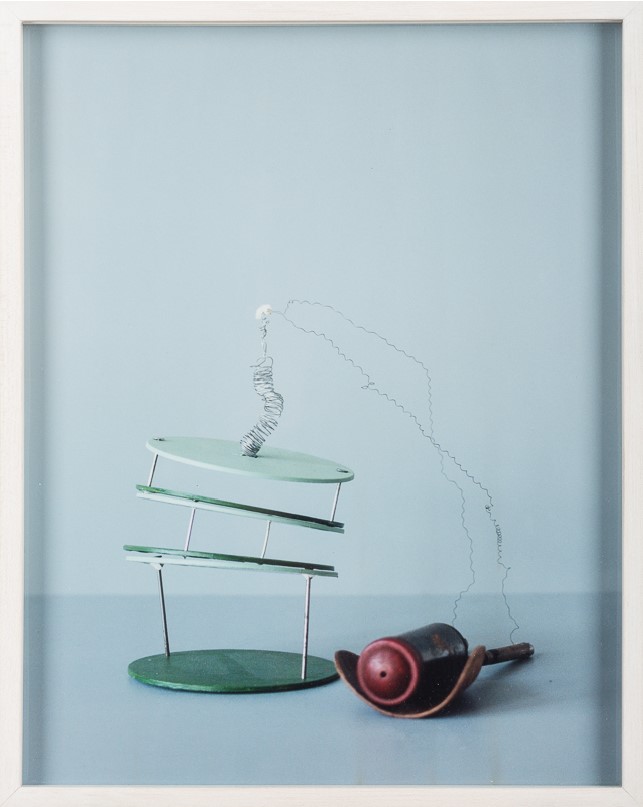
2012, Medical Machines 1/8, Foto analog C-print 30 x 24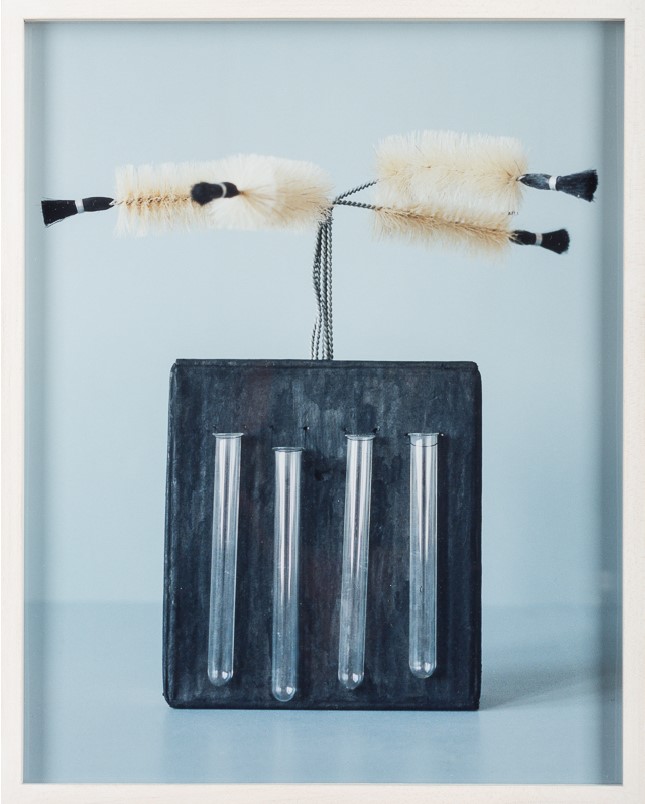
2012, Medical Machines 2/8, Foto analog C-print 30 x 24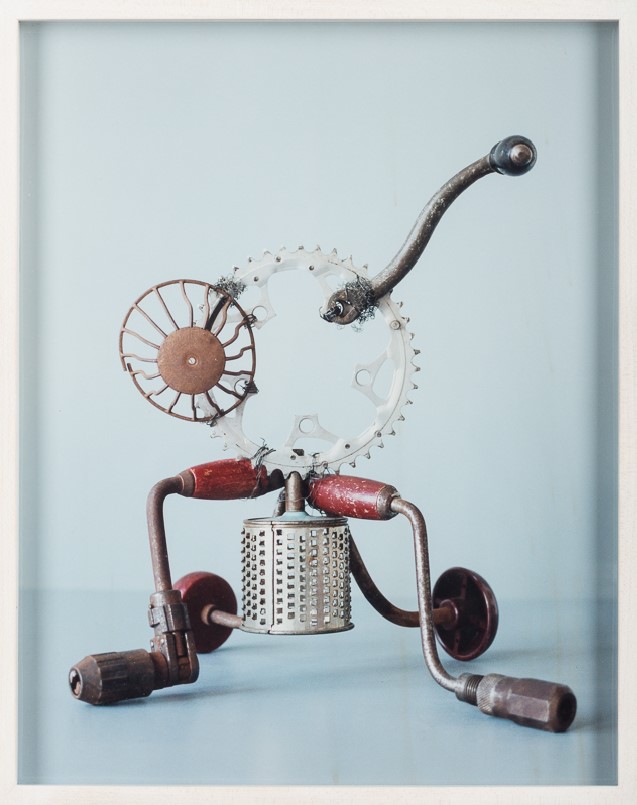
2012, Medical Machines 3/8, Foto analog C-print 30 x 24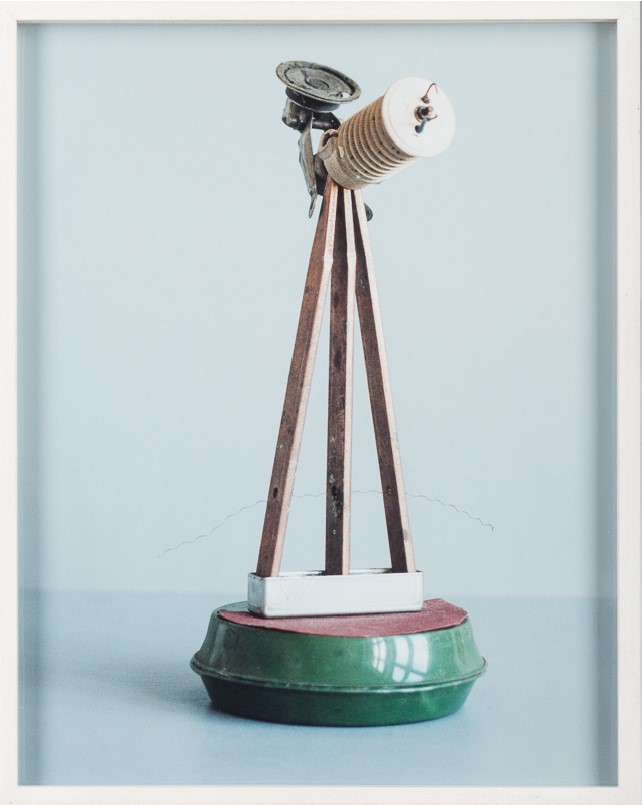
2012, Medical Machines 4/8, Foto analog C-print 30 x 24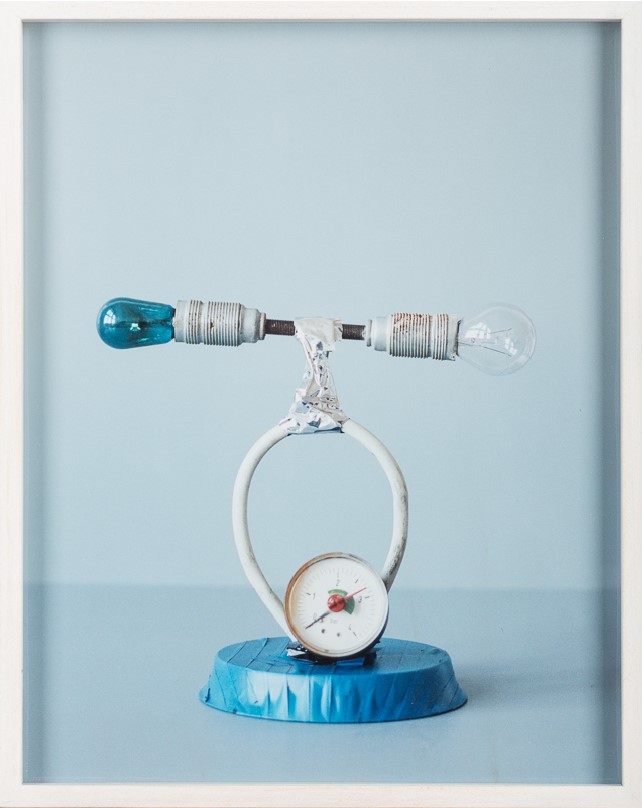
2012, Medical Machines 5/8, Foto analog C-print 30 x 24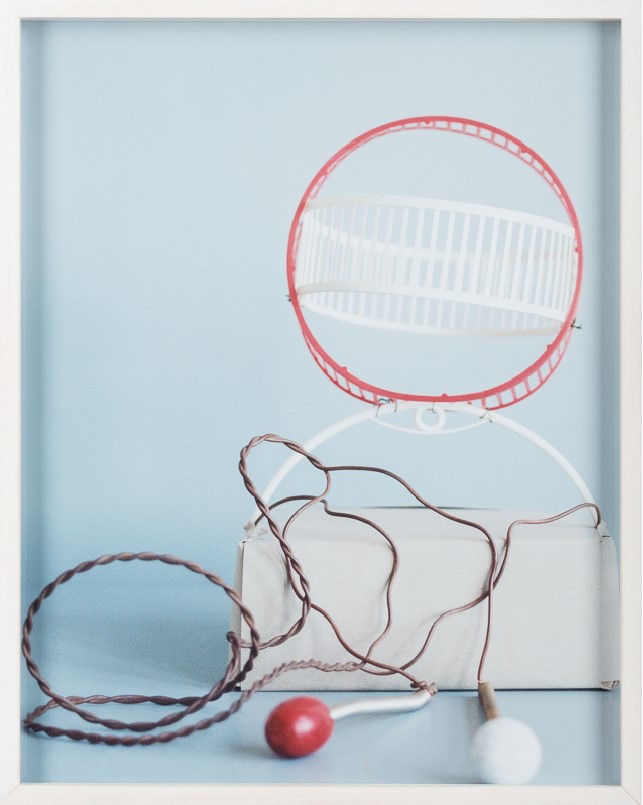
2012, Medical Machines 6/8, Foto analog C-print 30 x 24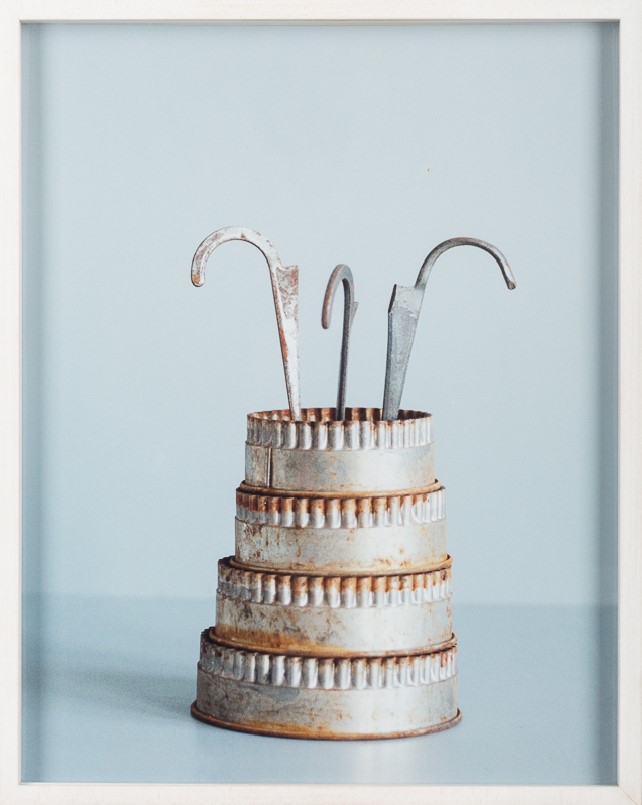
2012, Medical Machines 7/8, Foto analog C-print 30 x 24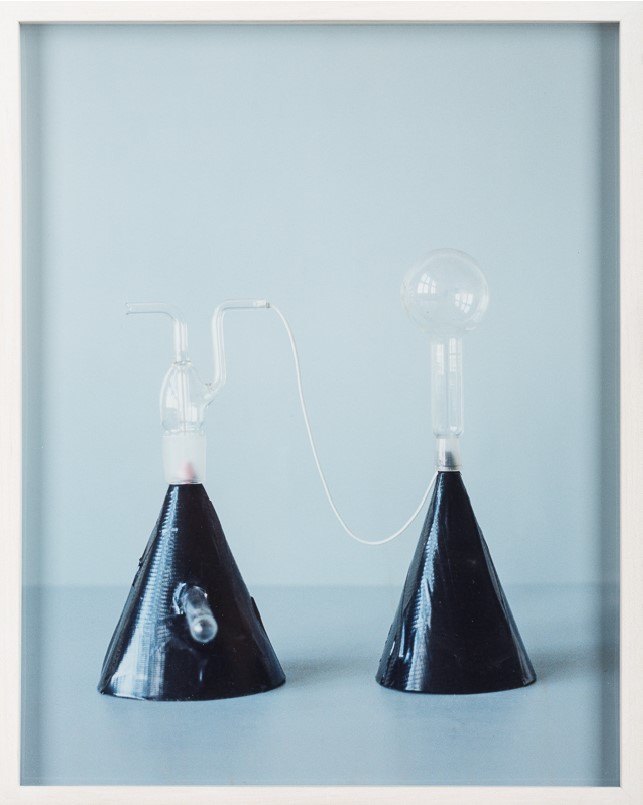
2012, Medical Machines 8/8, Foto analog C-print 30 x 24